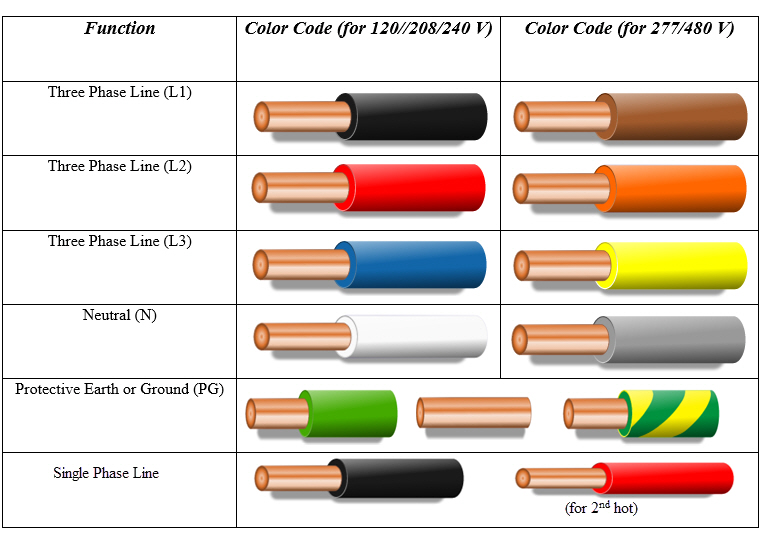FilterGuy
Solar Engineering Consultant - EG4 and Consumers
Folks,
We are so used to DC negative being black that it almost feels like a law of physics. However, since AC wiring always has the hot wire as black (In the US), there is a growing trend in the marine world to make the DC negative yellow. This helps avoid any confusion between the two. At first I scoffed at the idea, but I am coming around to see the logic of it.
What do y'all think? Good idea? Bad? Why?
We are so used to DC negative being black that it almost feels like a law of physics. However, since AC wiring always has the hot wire as black (In the US), there is a growing trend in the marine world to make the DC negative yellow. This helps avoid any confusion between the two. At first I scoffed at the idea, but I am coming around to see the logic of it.
What do y'all think? Good idea? Bad? Why?
| Table A: Marine Color Code | |||||||||||||||||||||||||||||||||||||||||||||||||||||||||
|





